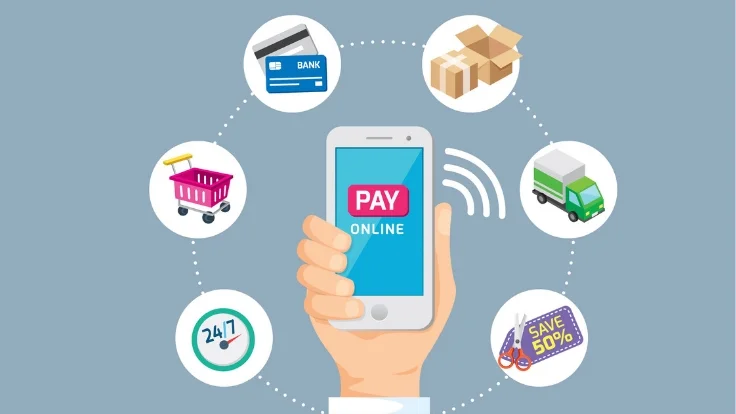The adoption of digitization in India has created a need for effortless and accessible means of digital payment to benefit businesses of all sizes in a cashless economy. Using digitization to transform business operations reduces or even eliminates processes that do not require human intervention. Also using digital payment reduces the efforts of standing in a queue to make a payment to the client. Small businesses like home-based businesses that deal in cash and do not have any website or online store can manage payment methods with as much ease as their online counter partners. So the question arises how this can be done? The answer to this is to address all these traditional methods, the straightforward way to do this without investing in payment infrastructure is with Digital Payment Links.
What are the Payment Links?
Payment links are web links that are securely generated and by clicking on which customers can make an online payment. Payment links provide ease and flexibility of payment for sellers as well as customers. A seller can receive payment in three simple steps:

Create Link: Payment links can be created individually or uploaded in bulk via API or Dashboard. Details like amount, receipt number, and link expiry can be managed with flexible solutions.
Share Link: After creation, the payment link can be shared through SMS, Email, Facebook Messenger, Whatsapp, and more.
Get Paid: Digital Payment Guru’s payment gateway services provide the built-in checkout method with support for multiple payment methods Credit/Debit cards, Net Banking, UPI, and more, thus reducing the payment barrier and increasing business reach.
To know more about payment links reminder click here.
Benefits of Payment Links:
- Less chance of fraud and robbery as no cash is held on premises and for every transaction customer receives a receipt and email, and all possible information on the transaction. Also, the payment goes directly into the bank account so there is a low risk of robbery.
- Relief from cash handling fees from the bank and the trips to banks to pay it. The transaction can be done from the mobile phone thus reducing the efforts of standing in a queue and no physical activity is done in the transfer process thus eliminating handling fees.
- More marketing opportunities by collecting customer data for future use.
- Average spending tends to increase. As we have access to the entire amount in the account, spending increases as one can spend until the account goes nil unlike traditional cash, one can spend only the cash he/she is carrying.
Related Post: Key Benefits Of Payment Gateway Integration for Business
Drawbacks of payment link:
- Potential customers that would like to pay with cash may be excluded. As some people in India still feel cash payment is safe than online payment.
- Processing fees are likely to increase if the cash is withdrawn altogether. Payment providers charge service fees so if the amount is huge the charge will be more.
- Privacy for the customer is less. Many times credentials can be leaked while typing as someone can peek into the phone.
- Technical Problems can cause online payment methods to go down.
Digital Payment Guru provides a customized dashboard for managing links, checking payment status, and getting real-time data insights to manage the business better. Payment links are very well suitable for all businesses whether online or offline. Payment link effortlessly links into business ecosystems and supports the host of used cases like:
Small Business: For small and traditional businesses which do not have a website or an application payment link is the best way to start accepting payment links online.
Related Post: Technology Trends Impacting Small Business Payments
Alternate Payment use case: Payment links can be used in cases such as cash on delivery or partial payment.
Chatbot integration: The implementation of chatbots is increasing for better customer experience and to provide all the technical support to the customer. Thus chatbot implementation can resolve many issues that customers are having with online payment.
Social Media Business: Running a business on WhatsApp? An easy solution to initiate payment online is by using payment links. Payment links can be shared easily on all the social media platforms like Facebook, Instagram, and many more, using which customers can make a quick payment.

When it comes to the online payment ecosystem, payment gateway integration plays a pivotal role, and choosing the wrong gateway for accepting payment from the customer can lower the entire payment process. Thus payment gateway should be picked that suits your business.
Digital Payment Guru is a team of payment gateway experts having years of experience with several banking institutions. We target to bring all MSMEs online by implementing the best digital payment gateway integration system and providing world-class experiences that are easier, quick, secure & affordable, thus generating innovative opportunities & sustainable living. We assume every business design deserves to be on the Internet to flourish.





